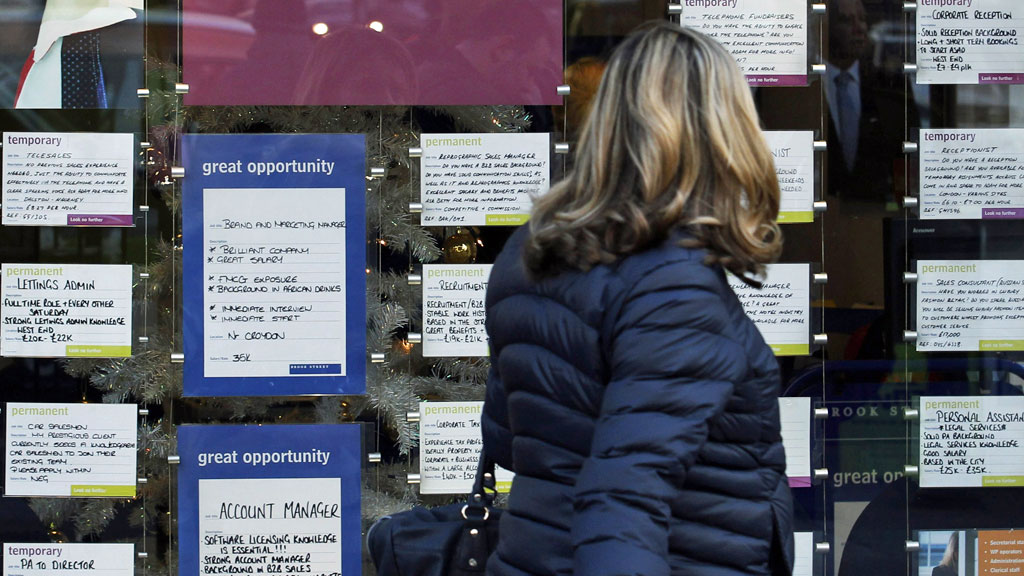Are ‘self-employed’ workers masking unemployment figures?
New figures released today show a record number of people in employment, but fears have been raised that rising self-employment figures are masking the true state of the job market.

Employment figures have hit record numbers with almost 30m adults in work according to new figures, but employees face pay freezes, increased workloads and the number of self-employed workers is growing disproportionately.
A record number of people are in work after a fall in unemployment and a further dip in the numbers claiming jobseeker’s allowance. Charles Levy, Senior Economist at the Work Foundation said “today’s data shows that by the end of 2012 the labour market was performing better than many had expected.”
Employment has risen by almost a million on the previous year with 30m adults in a job in the quarter to last November. The new figures bring the employment rate to 71 per cent, which is the highest since records began in 1971.
However, Mr Levy cautioned that “The signs are that at the end of the year our economy may have been contracting. the poor performance of the retail sector in the run up to Christmas and the closure of a number of retail chains in the past few weeks are also likely to compound the situation.”
Wage cuts
A new report released today by the National Institute of Economic and Social Research revealed that 33 per cent of employees have seen their wages cut, while 29 per cent have had their workload increased.
Public sector workers have taken the biggest hit with 48 per cent reporting wage cuts and 36 per cent facing increased workloads, compared to 27 and 26 per cent respectively for the private sector.
Is David Cameron right to say there are more women in work than at any time in our history? - FactCheck takes a look
The TUC today highlighted that since the recession began in 2008 there has been a nine percent rise in the number of self-employed workers to 330,000. One in three new jobs created since 2010 is a self-employed role, despite only being 14 per cent of the workforce.
The largest increases have taken place in administrative and secretarial work, up 52 per cent, sales and customer service roles, up 32 per cent rise and personal service occupations, such as hairdressing, cleaning and care work, up 31 per cent.
The TUC has warned this could mean many people are actually doing the same work as contracted employees on poorer terms and conditions. General Secretary Frances O’Grady says: “It would be naïve to think that these are all budding entrepreneurs.”
“Ministers brush away these concerning by saying that there are more people in work than ever before. What’s not clear though is how many of these new jobs actually offer secure and regular paid work, let alone enough hours to make ends meet.”
“Worryingly, the figures suggest that many of those who have lost their jobs over the last few years are not simply choosing to go freelance, but are being forced into false self-employment, which is often insecure and poorly paid.”
Unemployment falls
Unemployment figures have fallen by 37,000 in the latest quarter to under 2.5 million, this marks the 10th consecutive fall and was coupled with another cut in the number of people claiming jobseeker’s allowance, which was down by 12,100 last month to 1.56 million.
The number of job vacancies in the economy is reported to have increased by 10,000 to almost half a million at the end of last year, the highest point for four years.
The number of 16 to 24-year-olds out of work has increased to 957,000, the first rise since last summer, while youth employment showed an increase of 12,000 as more students seek work.
-
Latest news
-
As India goes to the polls in the world’s largest election – what do British-Indians think?6m

-
Tees Valley: Meet the candidates in one of the biggest contests coming up in May’s local elections4m

-
Keir Starmer says public sector reform will be a struggle7m

-
Nicola Sturgeon’s husband Peter Murrell charged with embezzlement of funds from SNP1m

-
Ukraine might finally get $60billion in American weapons and assistance to defend against Russia3m

-




